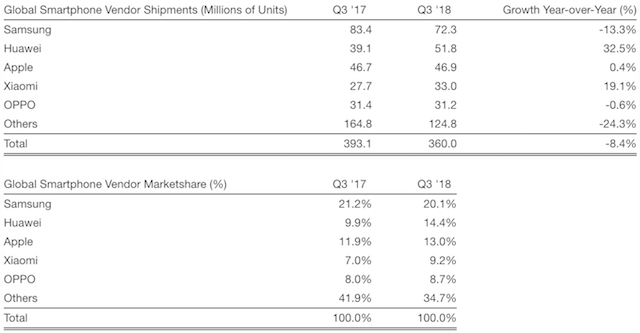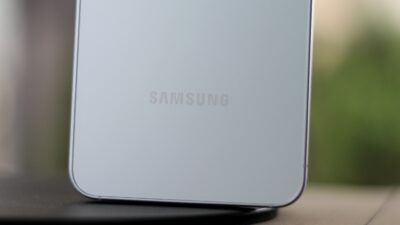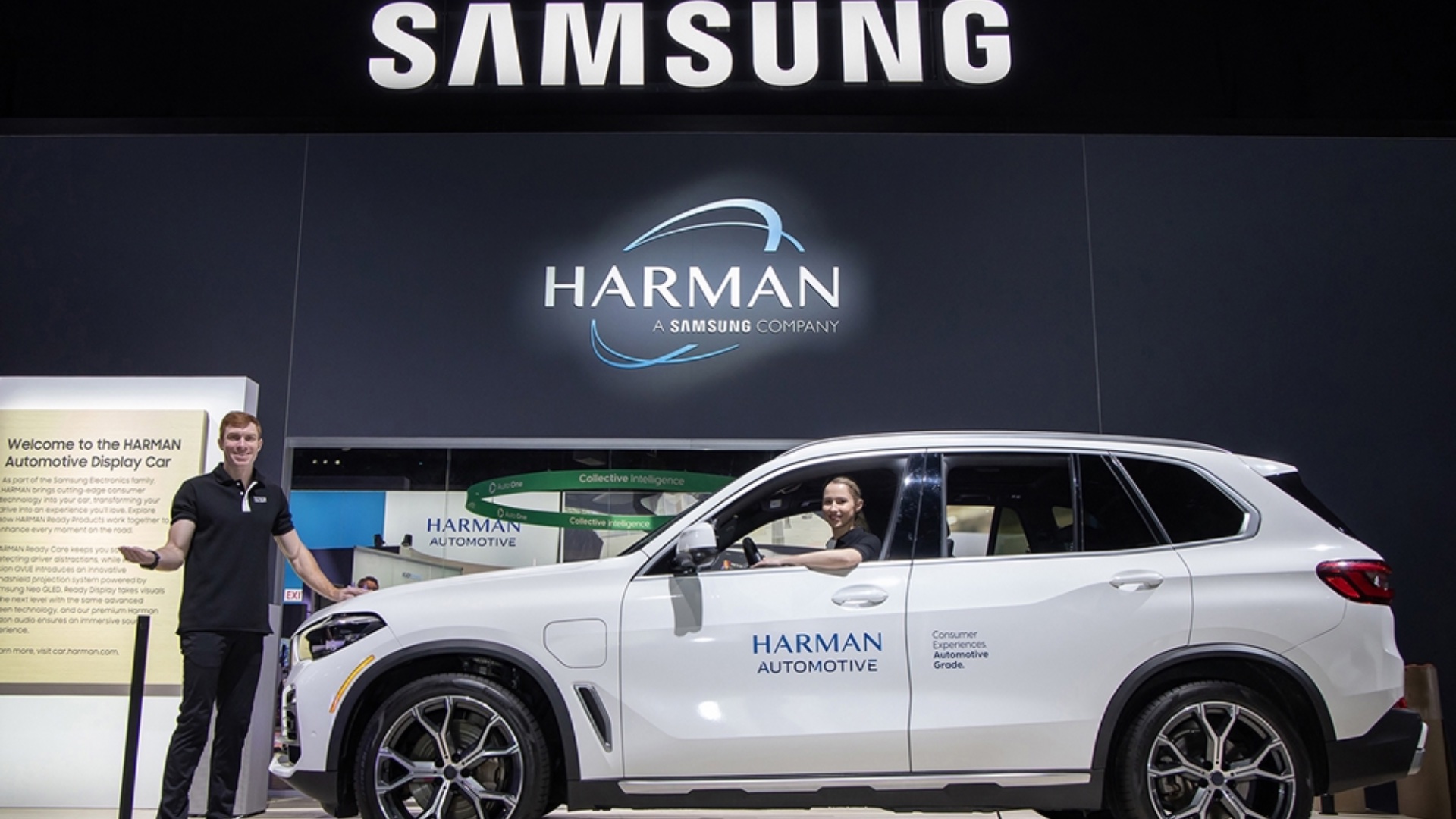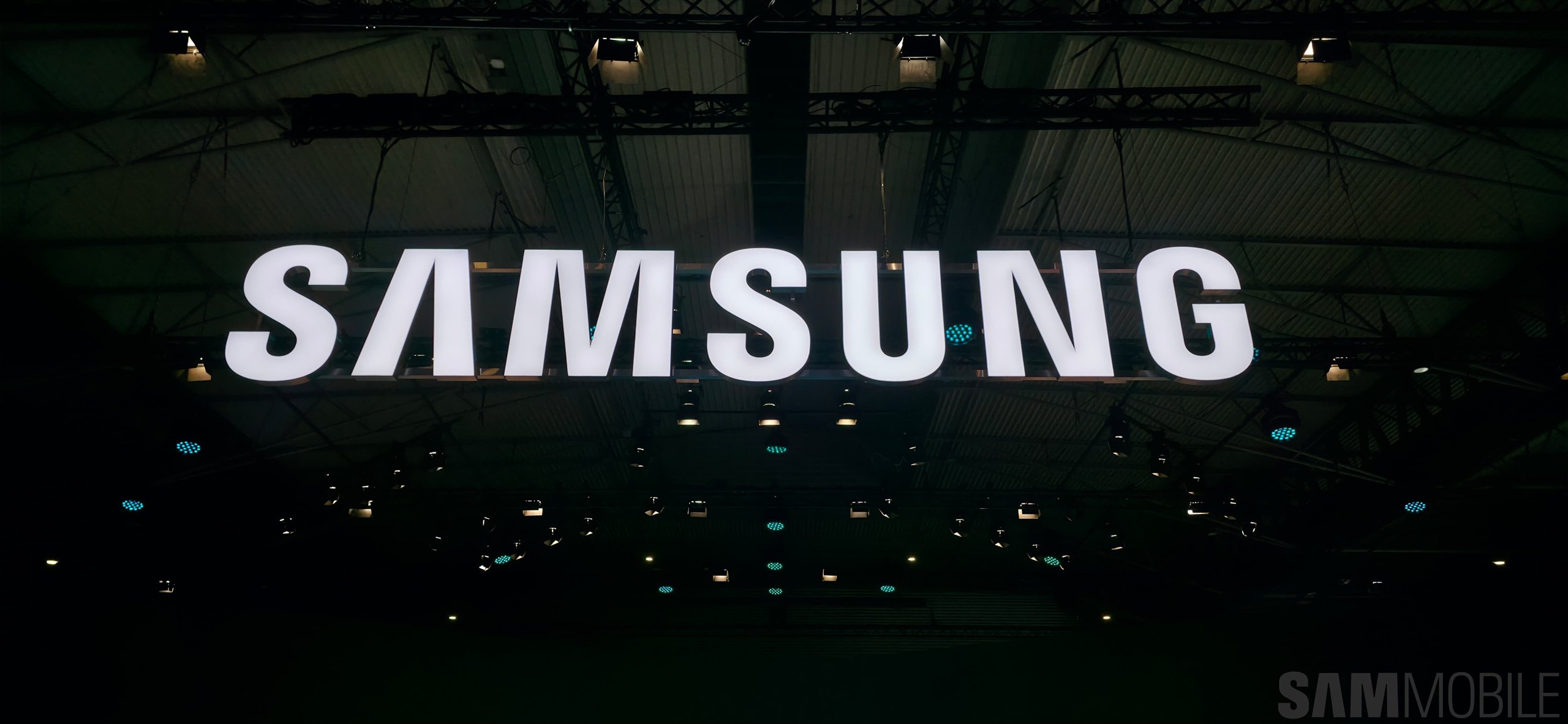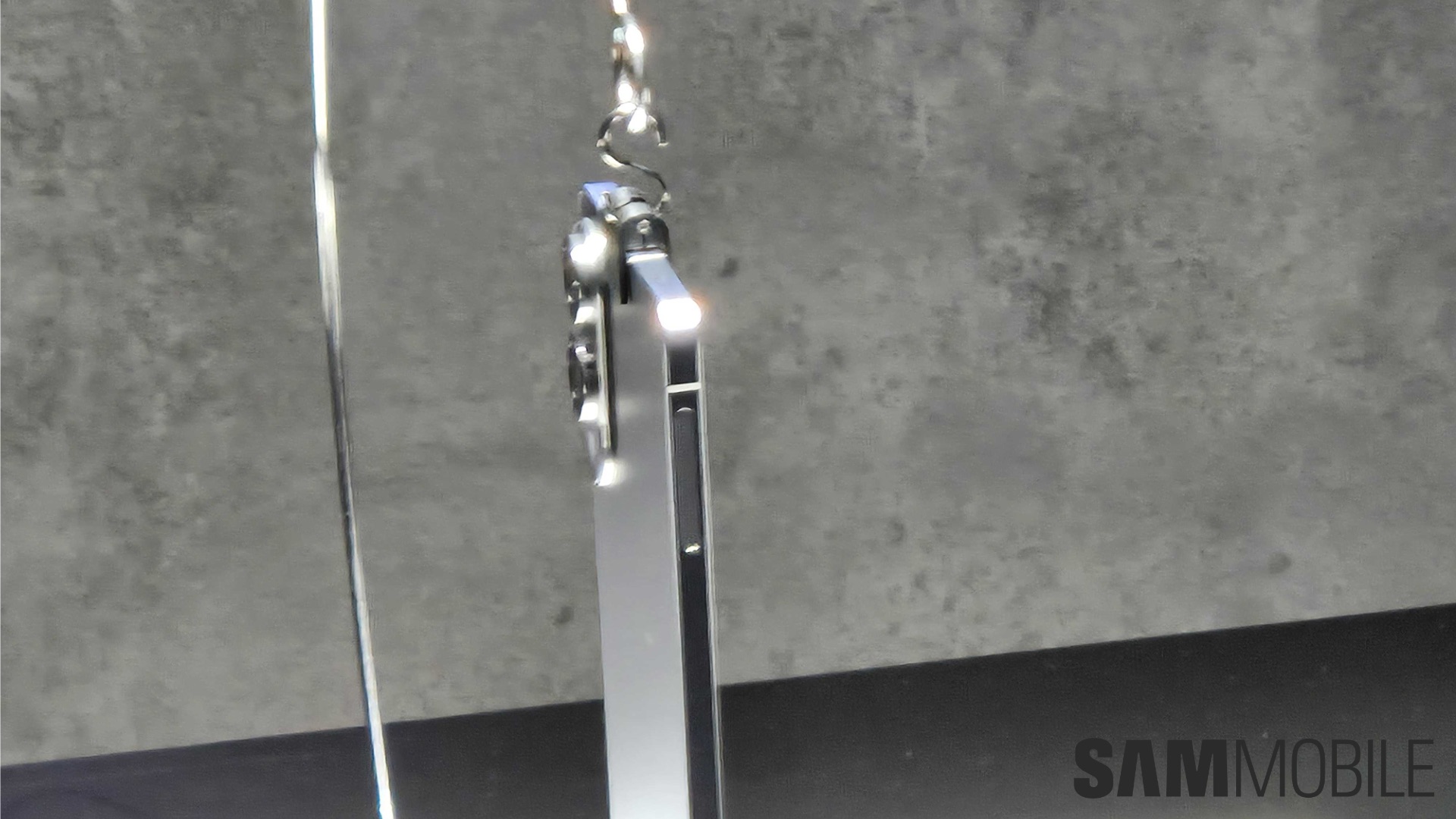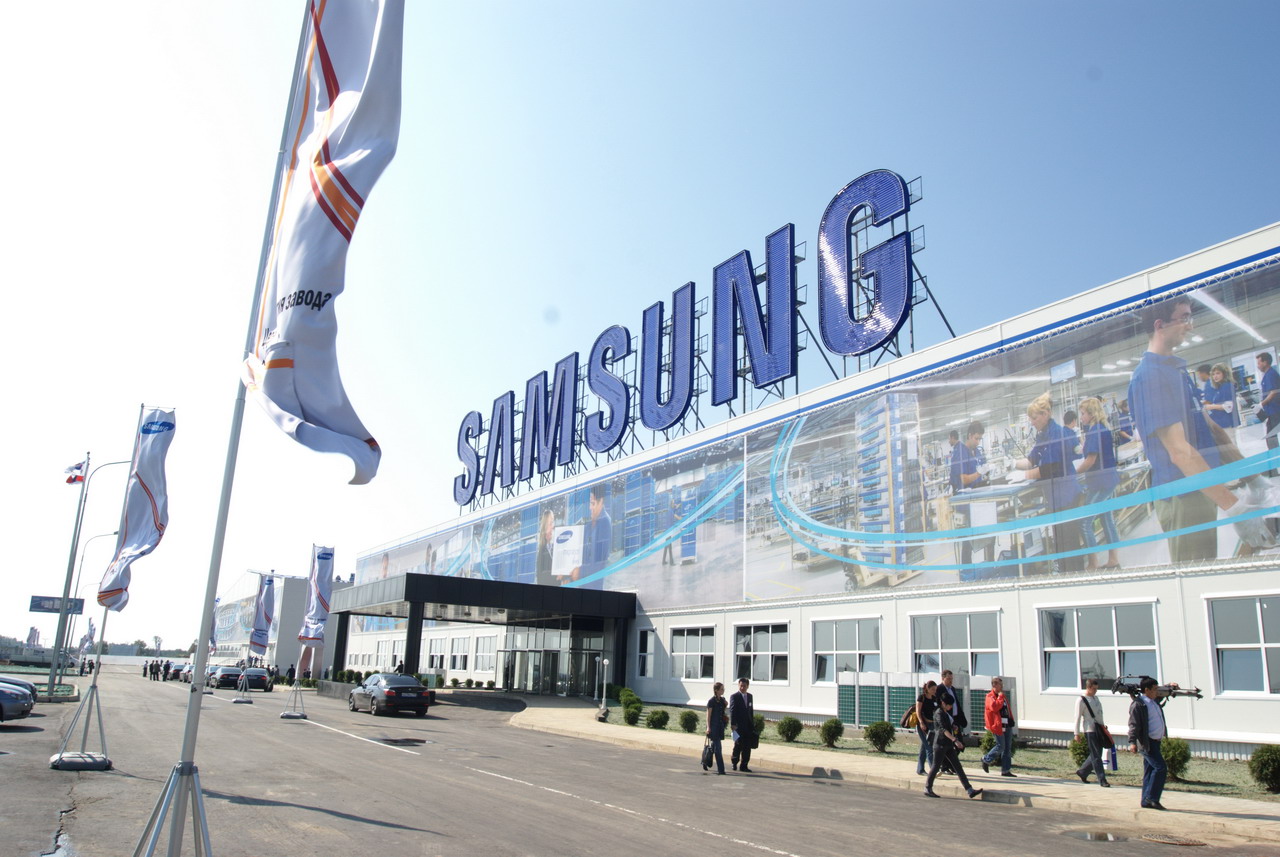
The shipments declined by 4 percent in Q4 2017. This year, they were down 2 percent in Q2, 2018 and 10 percent in the previous quarter. This goes to show that Samsung's flagship devices like the Galaxy S9 and Galaxy Note 9 haven't done enough to arrest the slide. The company's entry-level and mid-range handsets significantly contribute to its market share but Samsung itself acknowledged recently that it's struggling in this segment as well.
Samsung's phone shipments continue to decline
This confluence of the high-end not delivering the intended results and the mid-range coming under pressure continues to erode Samsung's lead. On the other hand, its Chinese rivals have thrived in the same period. Huawei saw a 32.5 percent surge in smartphone shipments compared to Q3 2017. It accounted for 14.4 percent of the smartphone market in Q3 2018 compared to Samsung's 20.1 percent.
This is the second time that Huawei has overtaken Apple for the second spot on the list. Xiaomi also registered a 19.1 percent year-over-year increase in quarterly shipments. Huawei has a stated goal of overtaking both Samsung and Apple. It wants to become the top vendor of smartphones in the world and it continues to close in on that goal.
What's more impressive is that Huawei has been able to achieve this position when it has essentially been declared persona non grata in the United States. That entire lucrative market is basically closed off to Huawei. Yet, the company is within a fighting chance of snatching the lead from Samsung.
Samsung is fast losing ground to these companies in the key markets of China and India. It has recently revamped its strategy to better compete in these markets. Samsung is now making more affordable devices that are packed with technologies that we haven't even seen in flagship devices.
The Galaxy A7 and Galaxy A9 are perfect examples. Samsung's first triple and quad-camera smartphones are mid-range devices. It expects shipments to rise in Q4 2018 on the back of these handsets. It will also be launching a foldable smartphone next year to offer a unique product in the high-end segment in addition to three models of the Galaxy S10.
Whether or not that would be enough to hold off the Chinese challenge remains to be seen.














